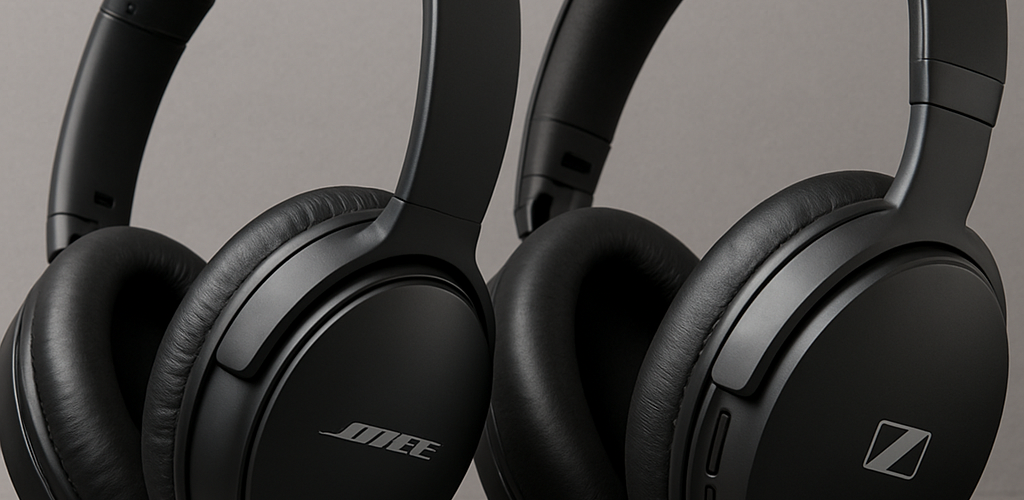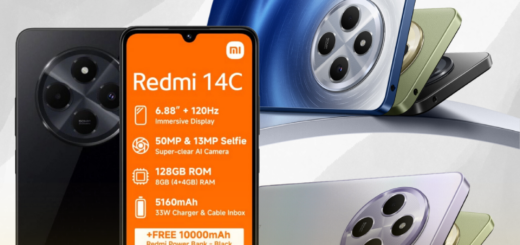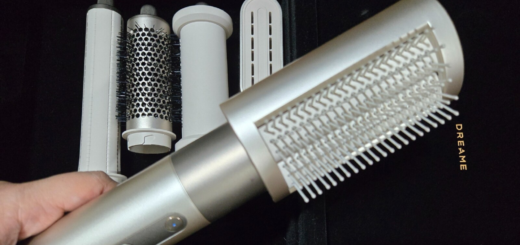Bose vs. Sennheiser – Which Brand Offers Better Audio?

When choosing a premium audio brand, most audiophiles and casual listeners end up debating between Bose and Sennheiser. Both companies offer a rich legacy, cutting-edge audio technologies, and a global customer base. But when it comes down to pure audio quality, which brand actually delivers a better experience? This article compares Bose and Sennheiser across sound performance, product variety, comfort, design, and price to help you make an informed decision.
Brand Heritage and Philosophy
Bose began its journey in 1964 in the United States. Amar Bose, an MIT professor, wanted to recreate the sound of a live performance in a home setting. Bose focuses heavily on research and innovation. The brand prioritizes audio perception and user-friendly technology. Bose products consistently aim to create an immersive, room-filling sound.
On the other hand, Sennheiser started in 1945 in Germany. The brand leans toward engineering precision and natural sound reproduction. Sennheiser delivers studio-grade audio and caters to both professionals and everyday users. Unlike Bose, Sennheiser targets purists who demand audio accuracy and minimal digital processing.
Sound Quality: Precision vs. Experience
Bose designs its audio products to offer a rich, powerful, and immersive sound. It uses proprietary DSP (digital signal processing) to enhance lows, mids, and highs for a more dramatic listening experience. Bose headphones and speakers often sound warmer, with a strong emphasis on bass. This tuning appeals to general consumers who enjoy music with more thump and presence.
In contrast, Sennheiser prioritizes audio fidelity and balance. Its sound signature stays neutral, with accurate mids, crisp highs, and tight bass. Sennheiser products rarely color the audio. The brand focuses on delivering sound exactly as the artist or producer intended. This approach makes Sennheiser a favorite in professional studios and audiophile communities.
For example, the Bose QuietComfort 45 pumps up bass and background sound to simulate a larger acoustic space. Meanwhile, the Sennheiser Momentum 4 sticks to a flat, detailed signature, revealing intricate layers in vocals and instruments.
Winner: Sennheiser, for its superior sound accuracy and detail.
Noise Cancellation: Bose Leads the Race
When it comes to active noise cancellation (ANC), Bose has a clear edge. The brand’s ANC technology consistently ranks as the best in the industry. Bose headphones like the QuietComfort series and the Bose 700 block external sounds effectively without distorting the music.
Sennheiser also offers ANC in models like the Momentum Wireless and PXC series. However, its noise cancellation feels slightly behind Bose in effectiveness and consistency. Sennheiser ANC sometimes lets in background murmurs or sharp sounds that Bose easily cancels.
Winner: Bose, for unmatched ANC performance.
Product Range and Innovation
Both brands offer a wide range of products, including over-ear headphones, in-ear earphones, wireless earbuds, and Bluetooth speakers. However, Sennheiser covers more ground in the professional segment. The brand produces studio headphones, broadcast headsets, and stage microphones. It serves DJs, audio engineers, and broadcasters globally.
Bose dominates the consumer and lifestyle space. The brand builds portable speakers, soundbars, and wearables like audio sunglasses. It focuses on convenience and smart features like voice control, customizable EQ, and seamless multi-device pairing.
If you want a headphone for critical mixing or classical music listening, Sennheiser wins. If you prefer convenience, lifestyle features, or home audio upgrades, Bose becomes the smarter choice.
Winner: Tie, based on different use cases.
Comfort and Design
Comfort plays a critical role in user satisfaction. Bose excels here with lightweight designs, plush earcups, and intuitive controls. The Bose QuietComfort series lives up to its name. You can wear it for hours without feeling pressure or discomfort.
Sennheiser also builds ergonomic products. Models like the HD 660S or Momentum 4 offer well-padded headbands and breathable earcups. However, some Sennheiser models carry a heavier build, especially in the audiophile and studio lines. The tradeoff comes with better materials and larger drivers.
In terms of design, Bose prefers modern, minimalist aesthetics. Sennheiser mixes retro and premium styles, especially in its Momentum line.
Winner: Bose, for day-long comfort and wearability.
Bluetooth and Smart Features
Bose puts a strong emphasis on connectivity and software. Features like multi-point Bluetooth, customizable sound settings, voice assistant integration, and gesture controls show up in most of their premium headphones. The Bose Music app offers a user-friendly interface for updates, EQ, and pairing.
Sennheiser also includes smart features, but its app lacks the polish and functionality of Bose’s ecosystem. While Momentum 4 supports aptX Adaptive, Bose typically skips advanced codecs but still maintains audio quality through hardware optimization.
Winner: Bose, for a more seamless and smart user experience.
Battery Life and Charging
In recent years, Sennheiser has stepped up its battery game. The Momentum 4 boasts a massive 60-hour battery life on a single charge. That easily doubles most of Bose’s offerings. Even under ANC, Sennheiser headphones outperform Bose in endurance.
Bose products usually offer 20–24 hours of battery with ANC on. The brand focuses more on quick charging and consistent battery stability over extreme durations.
Winner: Sennheiser, for long-lasting battery performance.
Pricing and Value for Money
Both brands fall in the premium segment, but they differ in value. Bose charges a premium for its brand and signature ANC. You pay more for user-friendly features and convenience.
Sennheiser provides better value in sound fidelity and battery life. Audiophiles often argue that Sennheiser headphones outperform similarly priced Bose models in raw audio quality. Moreover, Sennheiser’s budget and mid-range options, such as the HD 450BT, offer excellent value.
Winner: Sennheiser, for delivering high-quality audio at competitive prices.
Which Brand Should You Choose?
The answer depends on what you value most in an audio product.
- If you want rich, immersive sound, world-class ANC, and a polished user experience, go with Bose. It caters perfectly to casual listeners, commuters, and those who value aesthetics and ease of use.
- If you prioritize sound accuracy, professional-grade performance, long battery life, and superior value, choose Sennheiser. It’s the better brand for critical listening, music production, or detailed music appreciation.
Final Verdict
Both Bose and Sennheiser excel in different areas. Bose wins in comfort, noise cancellation, and smart features. Sennheiser dominates in sound quality, battery life, and professional use. Ultimately, the “better” brand depends on your priorities.
Do you seek immersive entertainment with minimal setup? Bose wins.
Do you crave precision, clarity, and longevity? Sennheiser takes the crown.
Choose based on your lifestyle, listening habits, and expectations—and you won’t go wrong with either.













